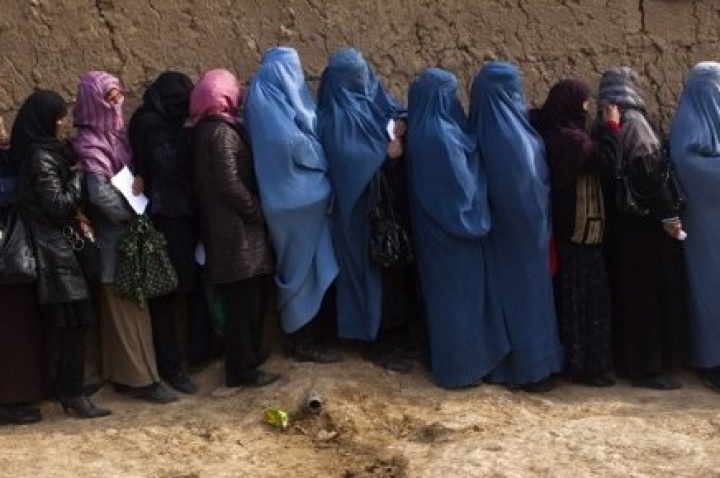
Profiling refugees: The risks of group labelling
Published onBy Dana Wagner
This article originally appeared on OpenCanada.org on June 20, 2013:
A perpetual problem at Canada’s borders is how to let the right people in while keeping those who want to do harm out. The complexity of this balance and the high stakes involved mean that security and immigration issues are tightly wed.
This inherent challenge exists at all points of entry, whether to schools, stadiums, airports, or countries. Cast this way, the problem is clearly not between “pro-security” or “pro-immigration” camps, tags that are often misapplied, but between two philosophies on how to serve the greater social good.
One philosophy holds that to minimize risks to public safety, risky groups should be kept out: if there’s one landmine in a field, don’t cross the field; if there’s one radicalized Afghan in a group, don’t let in the group. One obvious problem is how to classify the group, for instance, whether as fighting-aged males or as all citizens of Afghanistan.
The other argues that the group should be let in, but each person in the group should be assessed individually. This philosophy deems it worthwhile for the government to invest in capacity to assess each Afghan’s case on its own merits. Those who subscribe to this viewpoint believe sound decisions on entry to Canada are possible, that peace-seeking people will get in and the harmful will not.
The stakes in this debate could not be higher for refugees.
In Canada, asylum seekers are judged on a case-by-case basis, in line with the latter philosophy that every individual has a unique story and that a fair chance to tell that story is the best way to determine if someone qualifies for protection.
Refugees originate from the world’s worst conflicts and repressive states. These places are fertile ground for extremist ideologies to take root among the disillusioned, jobless, and in some cases the persecuted. Of the top ten source countries of refugees in 2011, six rank in the top twenty countries with the highest impact of terrorism between 2002 and 2011, an index compiled by the Institute for Economics and Peace. Given this link, it is easy to see why relying on group identity would significantly change our view of who Canada ought to protect.

However, major changes to Canada’s refugee system introduced in December 2012 represent a shift toward the group approach. Changes include a blanket designation for citizens of ‘safe countries’ that puts asylum seekers from countries like Mexico and Chile on a condensed determination track, and a group designation for ‘irregular arrivals’ that restricts rights afforded to others in the refugee system. The overhaul is ostensibly for security. In a statement last December announcing his use of the new measures, Public Safety Minister Vic Toews cited “the security and safety of Canadians.” Others, like the Canadian Council for Refugees, argue the changes create new risks for refugees without enhancing public safety.
Security concerns have worn away at Canada’s support for refugee protection since talks on the first international agreement were held in 1951. In a telegram to the Canadian delegation, Cabinet explained its decision not to sign the United Nations Convention relating to the Status of Refugees because “Canada would be undertaking an obligation not to expel a communist.” Group labelling shifted the national attitude for the worse, and Canada did not sign the Convention until 1969.
But group identity is core to the nature of seeking refuge. While each refugee claimant must show why he or she fears persecution as an individual, underpinning international and Canadian law is the concept that people are persecuted because of a group association, whether race, religion, nationality, membership in a social group, or political opinion. It is precisely the consequences of group membership that create such a compelling case for restoring the identity of the individual, which Canada has traditionally done through its refugee system.
Canadians generally share the same social goals: strong public safety and generous protection for refugees. They want the latter to be granted regardless of the harrowing and bizarre twists in escape routes that, along with remarkable perseverance, land refugees at our door.
Security and refugee protection are not antithetical. But the debate on treating people as individuals or as a group is real, and there are real implications. Group labelling tends to exclude, not welcome. Placing individuals above categoric exclusions is the best way to ensure Canada continues granting asylum to people who need it most.
Today, as World Refugee Day is marked around the globe, we should remember the purpose of emphasizing group identity in international refugee law – to protect the individual.






